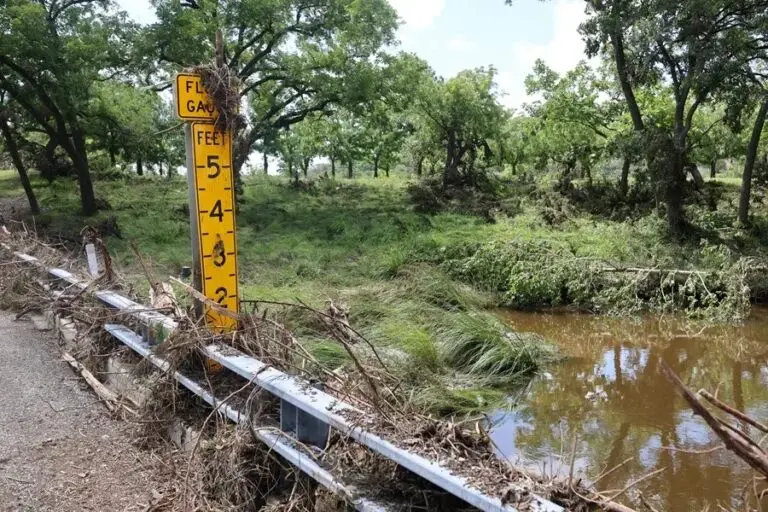2025 Floods Devastate Texas: Climate Crisis and Policy Failures Fuel Deadliest Non-Cyclone Disaster in Decades

U.S. faces unprecedented flooding: Texas catastrophe highlights systemic neglect and climate emergency.Photo: EFE.
July 21, 2025 Hour: 5:04 pm
Texas faces its worst flooding disaster since 1976 as record-breaking rainfall and inadequate infrastructure collide. Over 140 dead and millions affected, exposing failures in climate policy and emergency management amid a worsening climate emergency.
Related:
Rain Alerts Halt Search Efforts for People Due to Floods in Texas
As 2025 breaks historic flood records across the United States, Texas stands at the epicenter of a humanitarian and environmental crisis. The state’s relentless rainstorms have caused flash floods deemed the deadliest non-cyclone disaster since 1976, claiming at least 145 lives and leaving hundreds missing. This calamity exposes how the climate emergency is accelerating, while systemic failures in governance and infrastructure leave communities dangerously vulnerable.
Scientific consensus is clear: climate change fuels stronger and wetter storms. Authorities warn persistent atmospheric humidity will continue to hammer central and eastern states for weeks, increasing flood risks. Texas, long bearing the brunt of these shifting weather patterns, has seen its flash flood warnings soar to unprecedented levels,more than doubling the historic average so far in 2025.
Experts emphasize that decades of unplanned urban sprawl and underinvestment in drainage infrastructure have amplified the disaster’s human toll. Millions face property devastation, displacement, and long recovery periods as floodwaters overwhelm outdated systems. Across the state, communities mourn not only lost lives but the infrastructural neglect tied to austerity politics and resistance to public investment.
The role of policy cannot be underestimated. Despite early warnings stemming from prior floods like Hurricane Harvey in 2017, Texas lawmakers largely ignored recommendations aimed at better preparing rural and disadvantaged areas for exactly this sort of event.
Fiscal conservatism and opposition to tax increases have hampered critical flood mitigation projects, especially in poorer counties like Kerr, which experienced catastrophic flash flooding just weeks ago.
Parallelly, cuts and underfunding in federal meteorological and emergency agencies have raised questions about the capacity for effective disaster response. While official warnings were issued, delays and gaps in support reflect systemic weaknesses fueled by political priorities at state and national levels.
Dubbed the “Year of the Flood” by many commentators, this ongoing catastrophe demands a reckoning in how the United States confronts climate change and disaster management. The Texas floods reveal a tragic convergence of environmental urgency and political inertia.
From grassroots rescue efforts,neighbors forming chains to save stranded children,to calls from climate advocates for urgent transformative policies, the crisis spotlights the human and structural costs of ignoring the climate emergency.
Author: YCL
Source: TeleSUR

